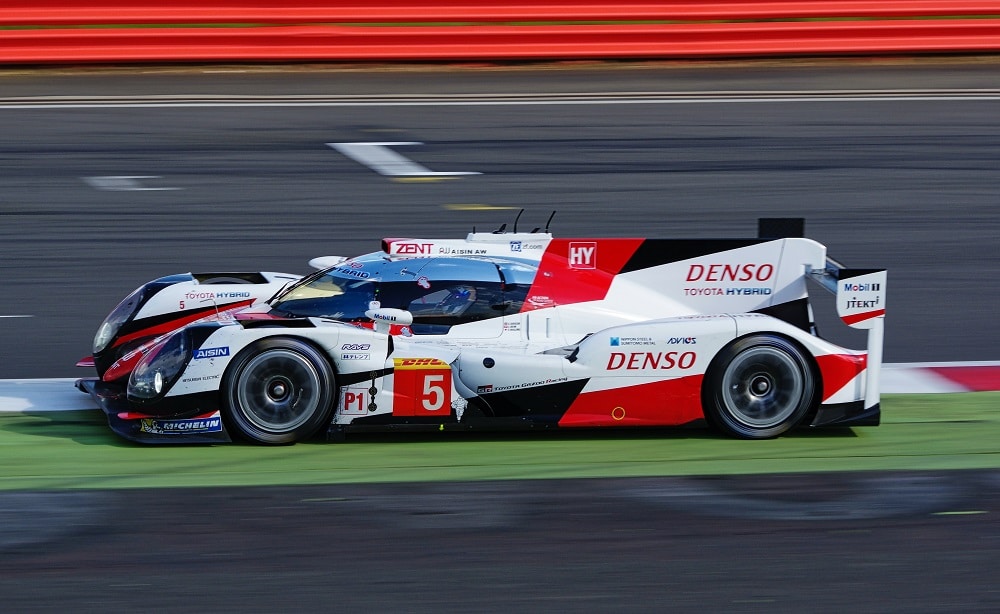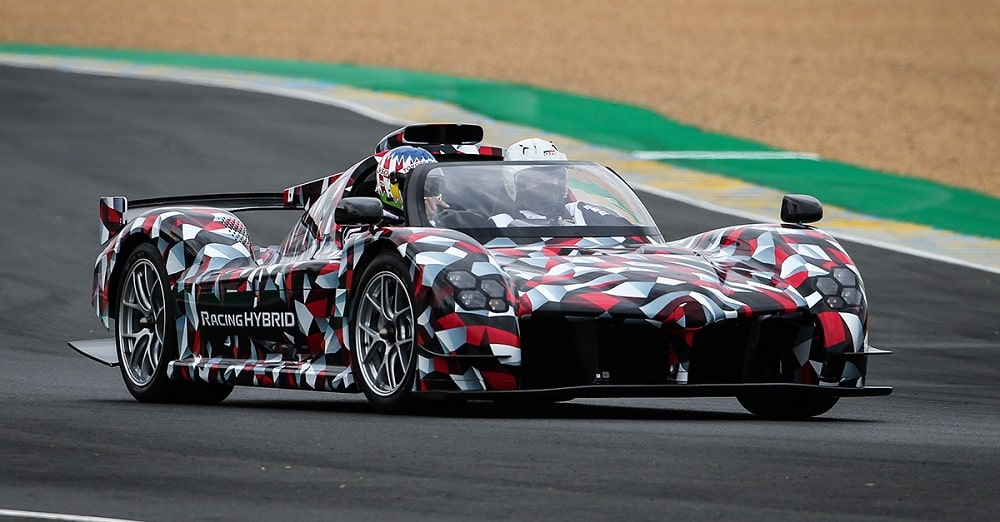What is the Le Mans Hypercar Class?

Photo: Philip Veater via CC
Next year, the top Le Mans prototype racing class, LMP1, will be obsolete. It will be replaced by the Le Mans Hypercar class, which is meant to have a greater measure of resemblance to cars you can actually drive on the road. More importantly, LMH should be more cost-sustainable for manufacturers.
In recent years, LMP1 had gotten so expensive that almost nobody could afford to compete. Nissan bowed out after just a single attempt in 2015, Audi withdrew in 2016, and Porsche following suit shortly after. By 2018, only Toyota was left, enabling the Japanese brand to win Le Mans back-to-back-to-back with relatively little competition.
Fortunately, the upcoming 2021 regulations have many manufacturers interested. So what will the new cars be like, and who can we expect to compete in LMH?
Funnest Car To Drive? Car and Driver says to look to the Veloster N
Technical regulations

Unlike in spec racing series or even Formula 1, Le Mans racers have traditionally been a lot more flexible in their designs. Manufacturers looking to compete in LMH will need to build a four-stroke petrol engine, but besides that, the engine is mostly free from design restrictions. Displacement and cylinder count, for example, are up to the engineers.
Power must be limited to 500 kW, or about 670 horsepower, and the minimum weight of the car is set to 1030 kg, or about 2270 pounds. An electric motor and energy recovery system are optional, and may drive the front wheels for all-wheel-drive, but cannot exceed 200 kW, or 268 horsepower.
Current LMP1 cars can make upward of 1,000 horsepower, which means the Le Mans hypercars will be slower. But this will help reduce the cost of developing and running the cars while also creating a convergence between the LMH class and the Le Mans Daytona “h” platform.
Indeed, the power, weight, and aerodynamic performance of the Le Mans hypercars are intended to be identical to that of the LMDh prototypes that will compete in the IMSA SportsCar Championship. And according to IMSA and ACO, the organizing entity behind Le Mans, both the LMH and LMDh classes will be eligible to compete in the top class of the FIA World Endurance Championship.
2021: See what Mazda’s got in store
Competitors

Photo: Toyota
So far, a handful of manufacturers have confirmed they will compete in the LMH class in 2021. These include Toyota with the GR Super Sport, Peugeot, Alpine, ByKolles, and Glickenhaus. Other manufacturers have expressed their interest, and there are two big questions marks over Aston Martin and Mazda.
Aston Martin was originally going to compete in LMH with its Valkyrie project, but put its future motorsport plans on hold earlier this year. This is believed to be related to billionaire Lawrence Stroll’s involvement in the company, who is instead leading Aston Martin into F1. Aston Martin may yet compete in LMH, but it’s uncertain.
Mazda is another competitor many are hoping to see return at Le Mans. Before Toyota’s win at the Circuit de la Sarthe in 2018, Mazda was the only Japanese manufacturer to have won the 24-hour race — famously, with a rotary-powered car. The brand is currently enjoying success in the Daytona Prototype International class, and will likely only return to Le Mans should the rules governing its current racer be the same as those governing LMH.
As it turns out, that’s exactly what the ACO and IMSA are aiming to do, so we’ve got our fingers crossed Mazda will make the commitment. The more competitors, the merrier.
Kurt Verlin was born in France and lives in the United States. Throughout his life he was always told French was the language of romance, but it was English he fell in love with. He likes cats, music, cars, 30 Rock, Formula 1, and pretending to be a race car driver in simulators; but most of all, he just likes to write about it all. See more articles by Kurt.

